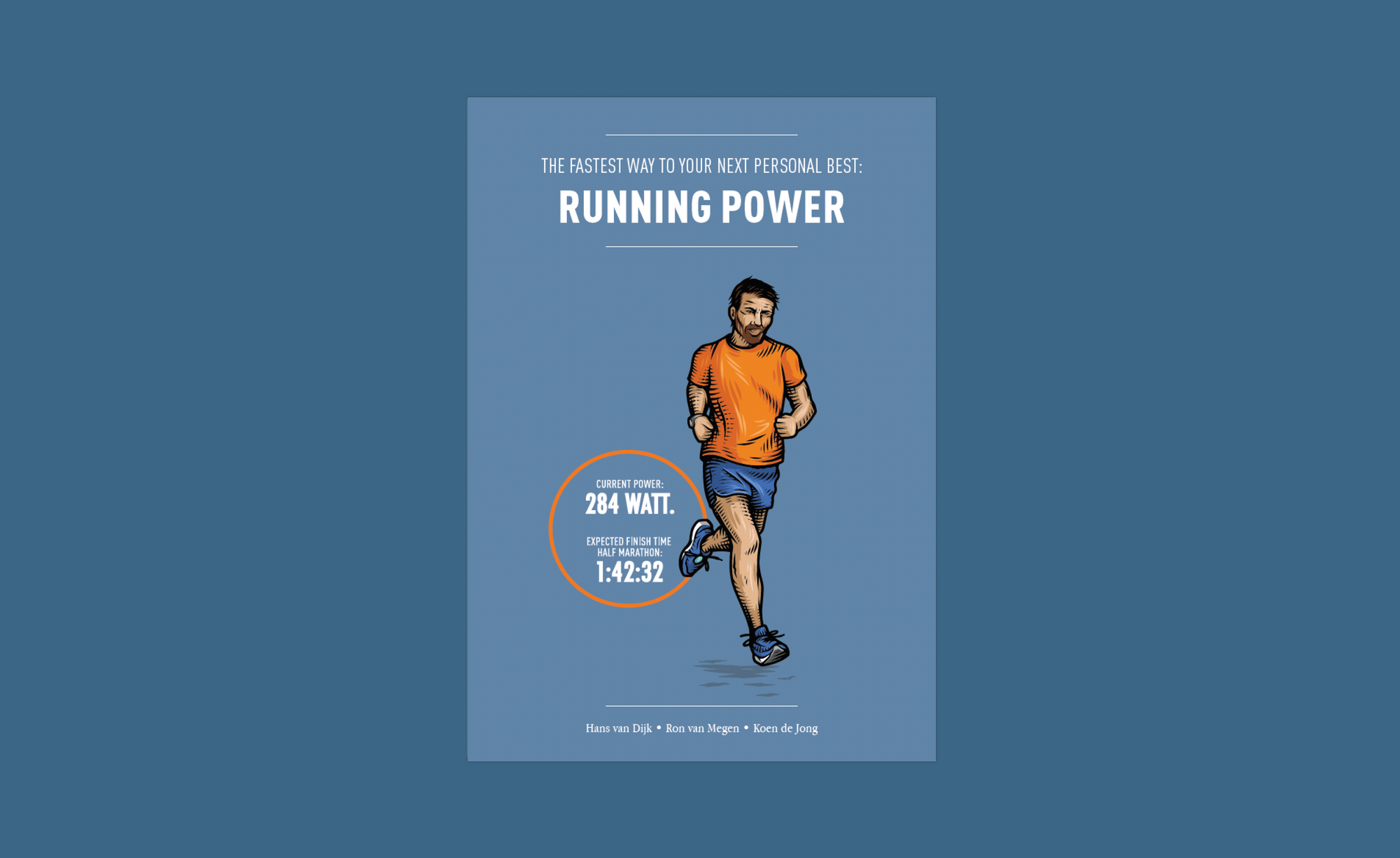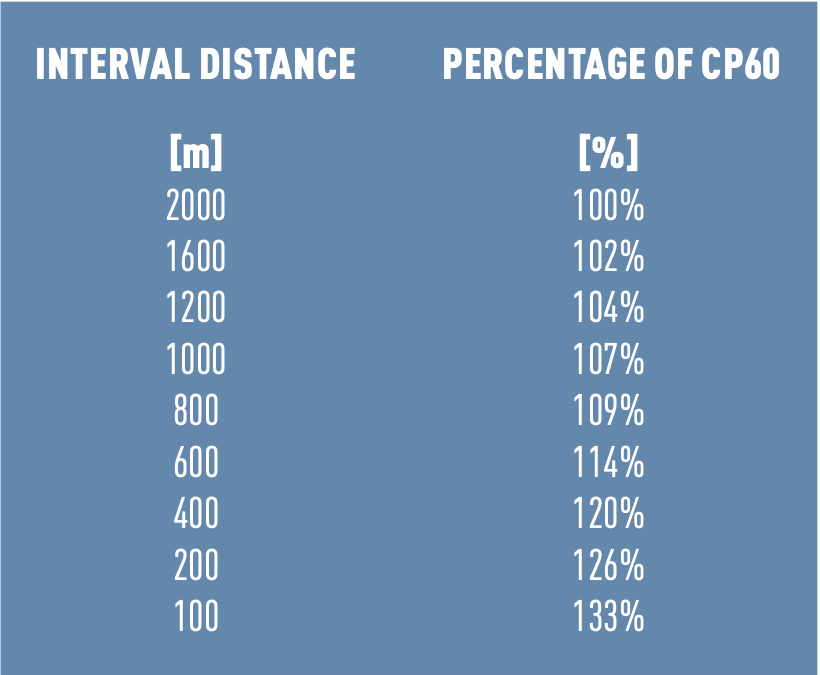The Power of Intervals

A solid foundation of base training helps you achieve a higher base speed. If your base is good and you’ve already trained a lot in your different zones, then intervals are a good way to become even faster. Targeted interval training is simpler and more precise with power, compared to heart rate interval training.
By training with intervals you can train at a high intensity. This improves your base speed and your body gets used to excess lactic acid. Because of the rest in between the intervals, these types of workouts are not as stressful as a race, and you can do this kind of training more often. Depending on the goal, the length of the intervals and the intermediate rest varies from one training plan to another. The intensity with which you run intervals also varies. Some intervals are almost full speed, other intervals you go fast, but still somewhat with the brakes on.
How do you know which pace and which distance is most suitable for your intervals?
Books have been written about the ideal distances and paces for intervals. It’s a delicate job to determine exactly which pace is most suitable for your 200 meters, your 400 meters, your 600 meters, etc. If you’ve already calculated at what pace (your heart rate monitor will not help you on short distances anyway) you have to run a 200 meter distance, it will still take you several weeks (or months) before you know exactly what is the best pace for you. As described earlier, your GPS is also not very useful during targeted, short intervals.
However, with Stryd it becomes really easy to do your intervals. Because Stryd immediately measures what you’re doing, you can check after 10 meters on a 200 meter sprint whether you are on track or not. Because power is the amount of energy per second that your body needs to push your mass in the given direction. This applies to a marathon, a half marathon, but also for a 400 meter or 200 meter interval.
And now it gets interesting for runners who want to run faster and are willing to train hard in a targeted manner.
In the table you can see at what percentage of your Critical Power you should target for specific intervals.
So, for example, if your Critical Power is 257 watts, then your ideal power for an interval of 400 meters is 308 watts (257 * 120%).
The fact that you see the percentages increase considerably at short interval distances is because your anaerobic energy systems supply extra energy there. Your anaerobic fuel supply is limited. You will benefit from a 100 meter or a 200 meter interval, but this benefit is lost at 1000 meters.

In 2019 I (KdJ) trained for the Amsterdam marathon. Since I really wanted to run the marathon in under 3 hours, I left nothing to chance. So, I started to pay attention to my technique, I lost some weight, and I started training my intervals more specifically. After some calculations and consultation, I had determined my ideal pace for 400 meters. After that, it took a few weeks before I could run my 400 meters in 87 seconds. I was used to running by heart rate and had never done interval training before. It took some getting used to.
When I started running with Stryd, one of the first things I tested was interval training. According to Stryd, I was able to run 308 watts during my 400 meter intervals. After a warm up, I walked to the starting line of the athletics track and started at a brisk pace. Still in the first bend, I couldn’t resist checking my watch to see what power I was running: 308 watts?! For the entire 400 meters my power fluctuated between 305 and 311 watts and I was flabbergasted when I saw that I had run exactly 87 seconds. Then I started training using 200 meter (323 watts) and 1000 meter (274 watts) intervals (because I hadn’t done those distances before). It was a revelation. The quality of my training improved immensely and it was all very simple. Much easier than figuring out with what pace or heart rate to run.
Do you know if you’re already close to your maximum potential, or if there’s still a lot of progress to be made at your favorite distance? Over the next few blog posts, we’ll look at how Stryd can help you estimate your potential personal bests at the 5K, 10K, Half Marathon, and Full Marathon.

Want to learn more about Running Power?
Download The Fastest Way To Your Next Personal Best: Running Power eBook (with over 65+ pages of content) for free to learn simple ways you can use power to improve your running performance.
Click here to download. Enjoy the book!

